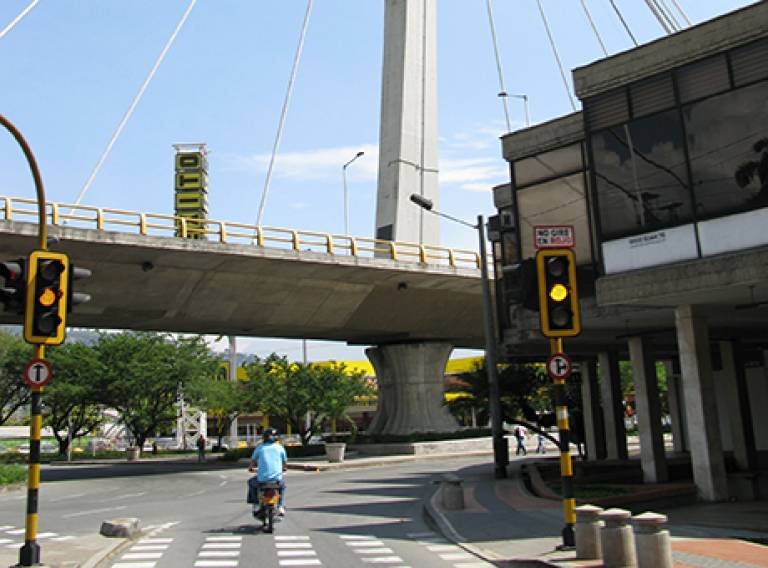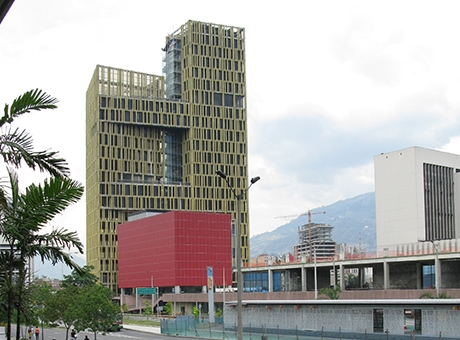Land value capture for infrastructure: Towards the redistributive city
3 August 2015

Earlier this summer DPU hosted an international workshop to consider the potential of capturing the monetary value arising from changes in land use (‘land value capture’) as cities grow and develop as a mechanism to increase social justice and make urbanisation more sustainable.
The workshop was prompted by a research project on land value capture for infrastructure in Sub-Saharan Africa, supported by DFID and led by Stephen Berrisford and Ian Palmer of the African Centre for Cities, on which Prof. Julio D Davila is an advisor.
The workshop had two key objectives:
- To consider the concept and practices of land value capture (LVC) for infrastructure in Sub-Saharan Africa, in international perspective.
- To examine the potential of LVC as an instrument of transformative urban policy and infrastructure development.
In this sense the workshop asked what land value capture means for what kinds of infrastructure in the city, and who are the beneficiaries. Central to these vital questions are the impact of infrastructure development (through LVC) on diversity and inequality, informality and energy trajectories of cities.
Participants included numerous colleagues from across UCL, and also IIHS, SPARC, the Lincoln Institute of Land Policy, ICF International, DFID and the World Bank.

A number of conversations were triggered about a diverse range of challenges in different geographical areas. This was particularly pertinent when we consider LVC as tool to ultimately rebalance ‘functioning land markets’. But what exactly is a ‘functioning land market’? In different cities across the globe we see formal, traditional and informal land regimes, for example, existing in parallel; sometime side-by-side and sometimes overlapping.
Because of this, it was observed, LVC can become intertwined with technocratic approaches to urban planning, as a means of attempting to navigate the complexity of land markets. But does that mean we lose sight of it as a progressive redistributive policy instrument? Part of the challenge planners and urban practitioners face is ensuring this is not lost amid the complexity if LVC is truly to serve its purpose in capturing infrastructural investments for the wider benefit of all members of society.
The stimulating conversation on this theme will continue, and we look forward to exploring it in more details with our colleagues in the future.
For more information about the next steps in this conversations, and to take part, please contact Barbara Lipietz.
 Close
Close

